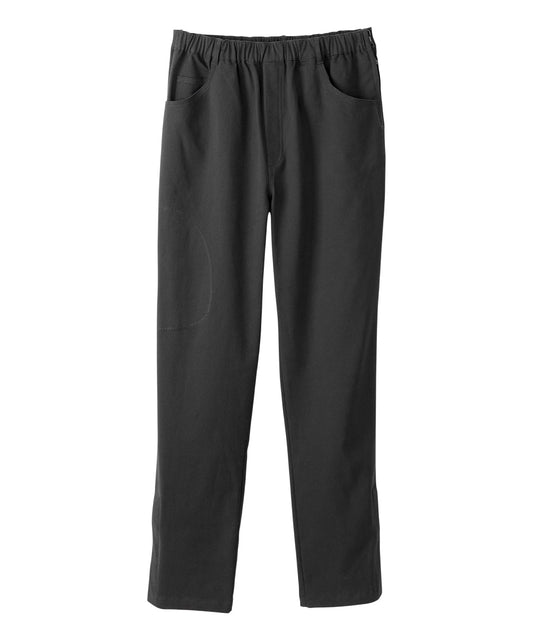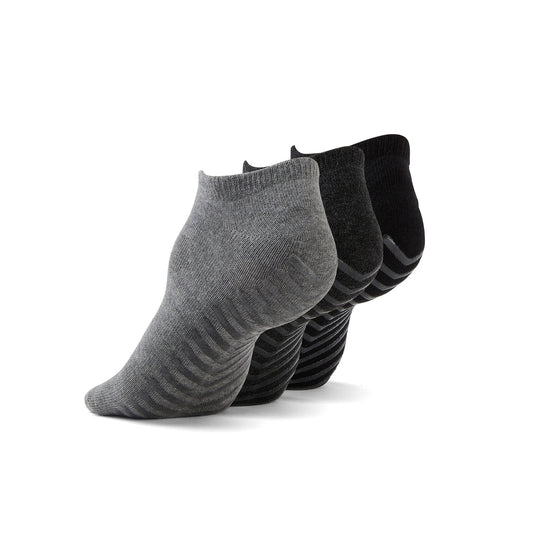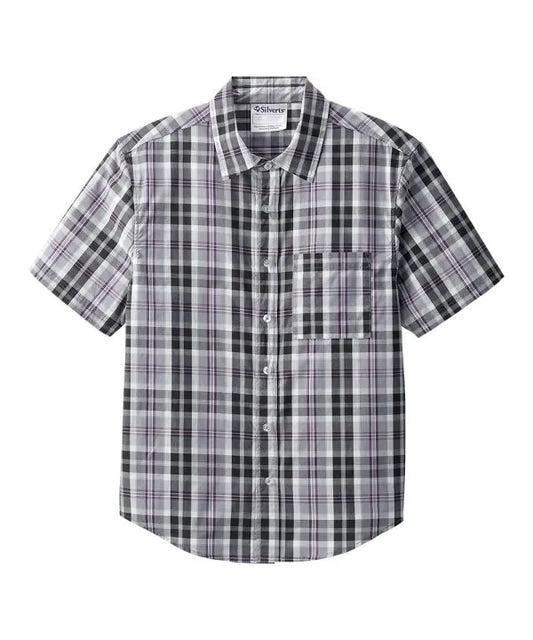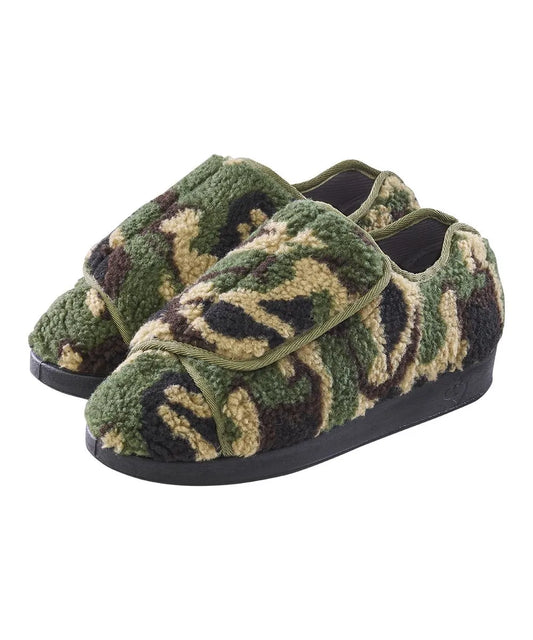Written by Eliza Gilani
Dressing for success isn’t just about looking the part. It’s also about feeling confident, comfortable, and ready to take on the day. But for individuals living with disabilities, those recovering from surgery, or caregivers supporting loved ones, traditional professional attire can pose daily challenges. Stiff buttons, restrictive fabrics, and hard-to-reach closures can make getting dressed feel like an uphill battle.
Fortunately, the fashion industry is changing. The way professionals with medical issues, sensory sensitivity, and limited mobility approach workwear is being completely transformed by adaptive apparel. These days, everyone can arrive at work looking put together without sacrificing comfort because of adaptive apparel designs that emphasize style, usefulness, and ease of wear. Whether you are exploring your own style or looking for a loved one, this guide will help you explore the best adaptive workwear options available today. Because when you look good, you feel good and nothing should stand in the way of your confidence.
Can Adaptive Fashion Fit into the Corporate World?
Since the beginning of time, the corporate world has long always been tied to a specific dress code such as tailored suits, crisp blouses, polished shoes, and professional accessories. But for individuals with disabilities, mobility challenges, or post-surgery limitations, traditional business attire isn’t always practical. Does that mean professional environments can’t accommodate adaptive fashion? Absolutely not. In fact, adaptive clothing is not only making corporate attire more accessible but also redefining what it means to dress for success.
One of the biggest misconceptions about adaptive clothing is that it sacrifices style for practicality. However, today’s adaptive fashion brands are proving that adaptive modifications to clothes and professionalism can go hand in hand. Tailored blazers with magnetic closures, dress shirts with Velcro fastenings, and trousers with elastic waistbands are exemplary of how adaptive fashion is blending seamlessly into office settings.
Professionals with disabilities no longer have to choose between dressed comfortably and looking professional thanks to major stores and designers realizing the need for fashionable yet accessible workwear. Because of the indistinguishable design of these pieces from standard office attire, people can maintain a polished appearance without having to deal with stiff designs and traditional fastenings.
At June Adaptive, the Men’s Long Sleeve Polo Shirt with Open Back is perfect for casual or professional wear crafted from a high-quality blend of cotton and polyester and designed to provide easy access and convenience for individuals with lowered upper arm mobility.

Dress Codes Are Evolving
To accommodate a more inclusive and diverse workforce, traditional corporate dress requirements are increasingly changing. Nowadays, a lot of businesses have flexible dress codes or business casual policies that let staff members wear whatever suits their demands and comfort levels.
Adaptive fashion provides subtle changes to a traditional piece and still preserves a professional look, even in fields with more stringent dress codes. For example, those with restricted mobility can choose polished pull-on pants that are appropriate for the workplace, and those who have trouble with fine motor skills can wear slip-on dress shoes that look just like laced ones.
Inclusivity in the Workplace Starts with Clothing
Getting dressed for work is a daily routine task for many people. However, that simple act can become a daily struggle for someone in a wheelchair, recovering from surgery, or living with arthritis. When businesses, companies and workplaces embrace fashion and a loose dress code, they are making a clear statement that inclusivity matters. This way even those with disabilities can express themselves with how they dress and not be forced to find traditional pieces that may not be ideal for them such as dress shoes, tailored suits, etc.
Businesses boost workplace morale and productivity by creating an atmosphere where workers feel confident and at ease in their clothing. It’s not just about accessibility, it’s about dignity. Employees are empowered to give their best work when they can wear as they want without feeling uncomfortable.
How Do You Make it Fashion but also Make it Adaptive?
Firstly, understanding the market demand behind adaptive fashion is helpful. The market for adaptable apparel has grown significantly in recent years, which is indicative of the growing demand for inclusive fashion. The adaptive clothing market in the United States was estimated to be worth $47.3 billion in 2019. Due to a growing aging population and heightened awareness of the requirements of people with impairments, the global market is expected to reach $29.8 billion by 2031.
Adaptive clothing made mainly to serve easiness and effectiveness to people with disabilities has seamlessly adapted to the latest fashion trends. Here are some key design principles that ensure adaptive clothing is still fashionable:
-
Aesthetics: Brands such as June Adaptive among others, maintain contemporary styles and offer a variety of colours and patterns to ensure that adaptive clothing aligns with mainstream fashion trends, allowing wearers to express their personal style.
-
Comfort: Fabric choices also adaptively play a crucial role. Many brands use soft, breathable materials that minimize irritation for individuals with sensory sensitivities or skin conditions. Stretchable, tag-free fabrics ensure comfort while moisture-wicking properties help professionals stay cool and comfortable throughout the day. For those who use wheelchairs or spend extended periods sitting, adaptive designs often feature higher back panels, lower front cuts, and stretch panels to provide a better fit and easier movement. These thoughtful modifications make adaptive clothing both fashionable and functional for the corporate world
-
Ease of Use: One of the most common misconceptions about adaptive clothing is that it prioritizes function over fashion. However, designers today are proving that both can coexist seamlessly. Adaptive fashion achieves this balance through innovative closures, flexible fabrics, and smart tailoring. Traditional buttons, zippers, and hooks can be difficult for individuals with dexterity limitations, arthritis, or limb differences, so many adaptive clothing brands incorporate magnetic closures, Velcro fastenings, and one-handed zippers. This allows for easier dressing while maintaining the same professional look as traditional workwear.
Speaking of the easy-to-wear aspect of adaptive clothing, June Adaptive has just the right dress pants for you! The Men's Easy Dressing Pants with Elastic Waist is a classic pair of trousers made for easy on-and-off for those with lowered hand dexterity. These pants feature wide and discrete side panels that open and close securely and easily. The elastic waist keeps these trousers comfortable while the faux fly makes them look like conventional pants. These pants are great for those who have arthritis or use mobility aids.

Styling Tips for Adaptive Clothing in Professional Settings
Adaptive clothing makes it possible to prioritize comfort and accessibility while still dressing professionally. The correct attire can increase confidence and simplify daily tasks, whether you're working in a corporate office, attending a crucial meeting, or managing a hybrid work environment. These stylistic pointers will assist you in incorporating adaptive fashion into work environments without sacrificing style or functionality.
Accessories can elevate a professional look while also serving practical purposes. Scarves and wraps add style while providing warmth and sensory comfort, and adaptive jewelry with magnetic clasps makes dressing easier. Functional bags, such as crossbody options with easy-access zippers or wheelchair-friendly designs, can add convenience without compromising elegance. For footwear, professionals should seek slip-on dress shoes with stretchable fabric, orthopedic options that maintain a polished look, or shoes with magnetic or Velcro fasteners for ease of wear.
Structured and tailored pieces help enhance the professional appearance of adaptive clothing. Blazers with magnetic closures, well-fitted pants with discreet medical access points, and elegant blouses designed with comfort in mind create a confident and refined look. It is also essential to consider workplace dress codes and ensure that adaptive pieces align with the office environment. Custom alterations may sometimes be necessary to achieve the perfect balance between accessibility and professionalism, allowing individuals to express their personal style while meeting corporate expectations
Looking for a new dress shirt? At June Adaptive we have the Men’s Long Sleeve Shirt with Magnetic Buttons! This light jacket features magnetic buttons that snap together quickly and easily. The two front pockets are convenient for storing small necessities. Made from an ultra-soft tencel fabric to keep you comfortable throughout the day.

More brands are anticipated to increase their selection as demand for and knowledge of adaptable apparel rises, ensuring that everyone can access workplace fashion. By establishing inclusive dress guidelines that allow for adapted clothing, collaborating with adaptive fashion businesses on employee dress programs, and raising understanding and acceptance of a range of demands in professional attire, employers may help advance this movement. Employees with disabilities gain from this move toward inclusivity, as do caregivers, surgical patients, and anybody else in need of more accessible apparel options. Adaptive professional clothing is about more than just looking good, it's about feeling good, remaining at ease, and confidently navigating the workplace. Professionals with a variety of needs will have easier access to fashionable, practical workwear that enables them to succeed in their employment as fashion continues to change. Businesses and individuals alike may make the workplace more inclusive, approachable, and progressive by adopting adaptive fashion.
Adaptive fashion in professional settings is all about striking the perfect balance between style, functionality, and comfort. By selecting well-tailored pieces, prioritizing accessible features, and choosing breathable fabrics at June Adaptive, you can create a wardrobe that works for you, helping you look polished and feel empowered in any professional environment.
Find the mentioned products and more at JuneAdaptive.com. Subscribe to our newsletter at the bottom of this page for more content like this.















